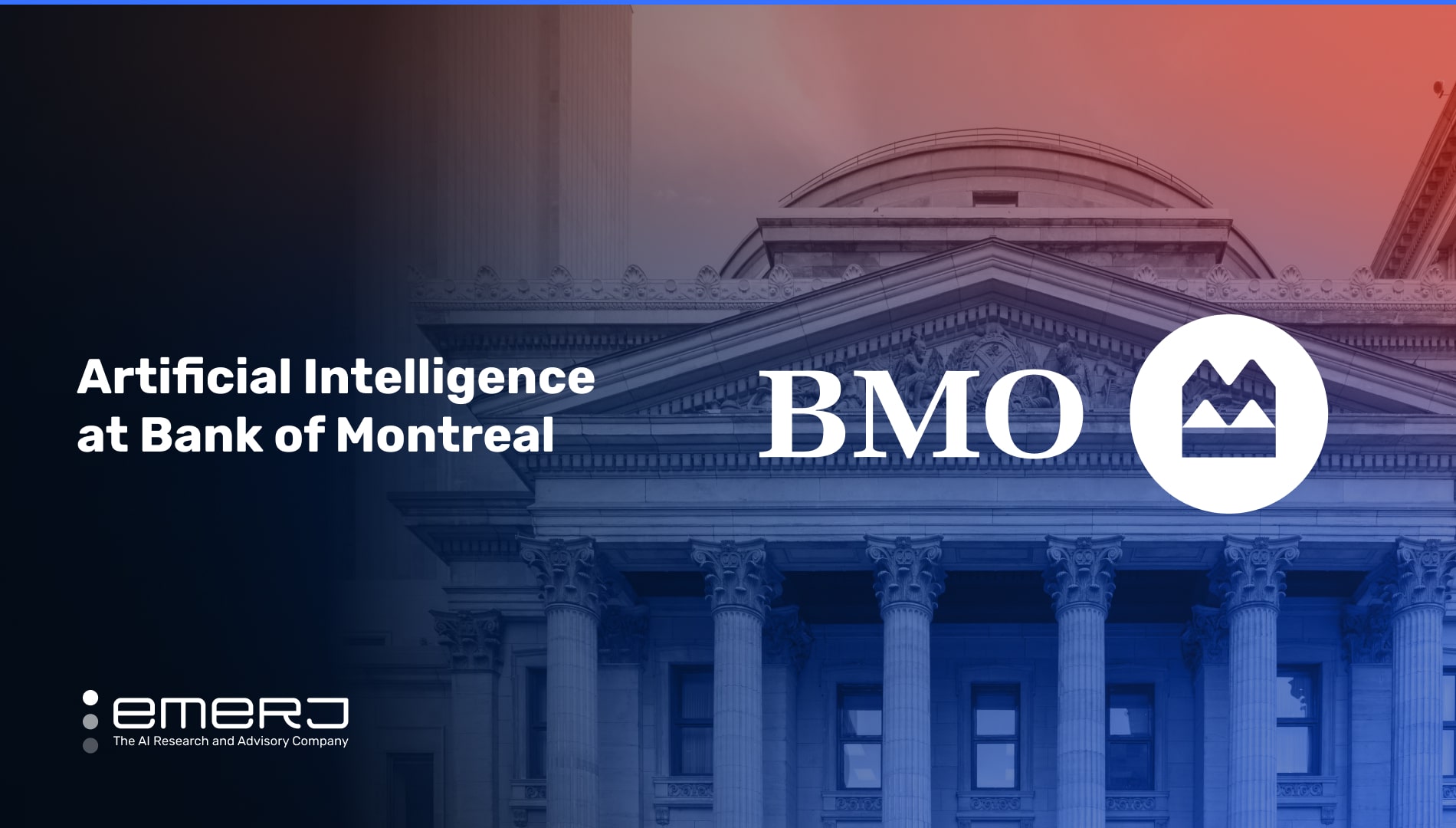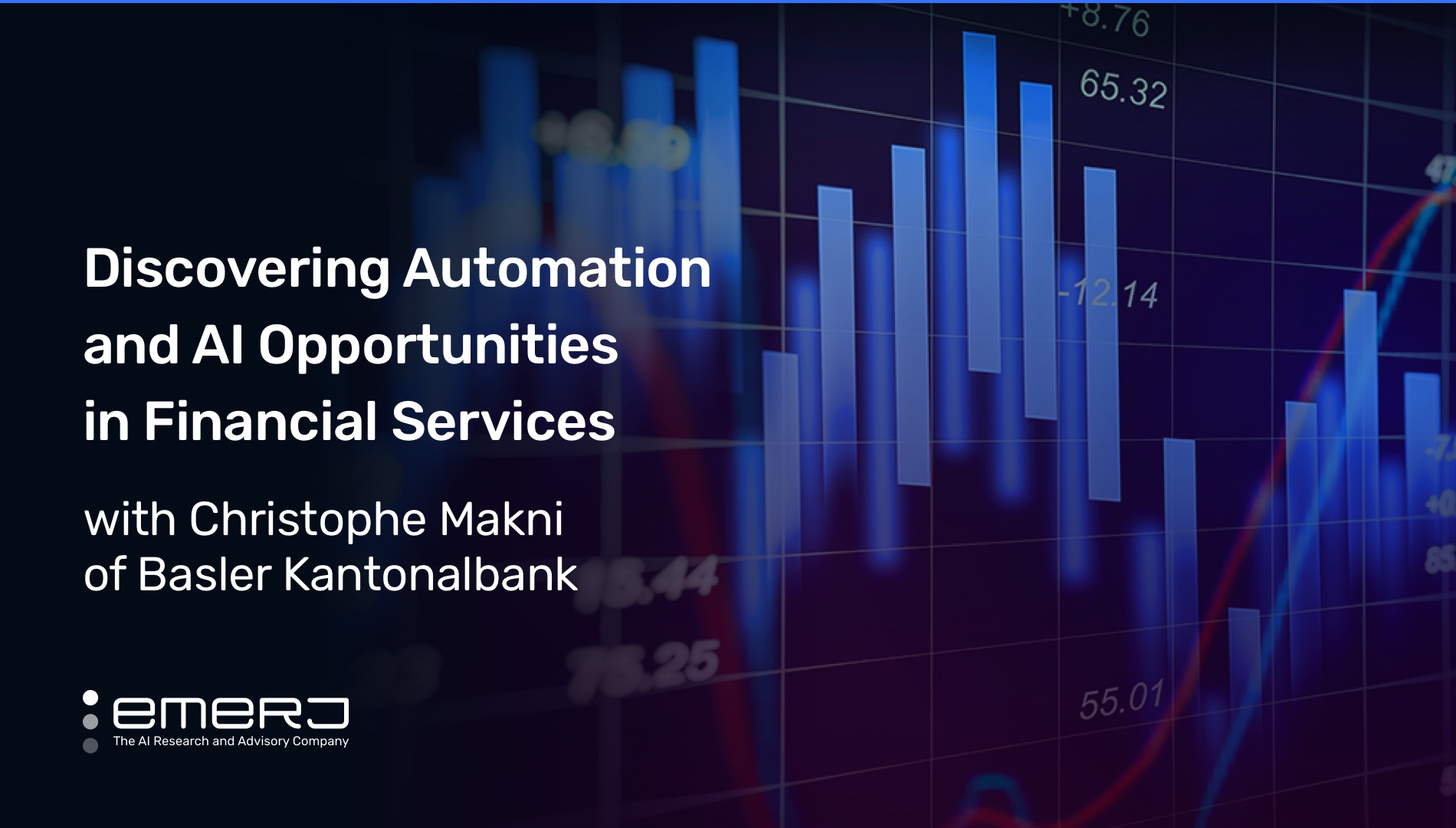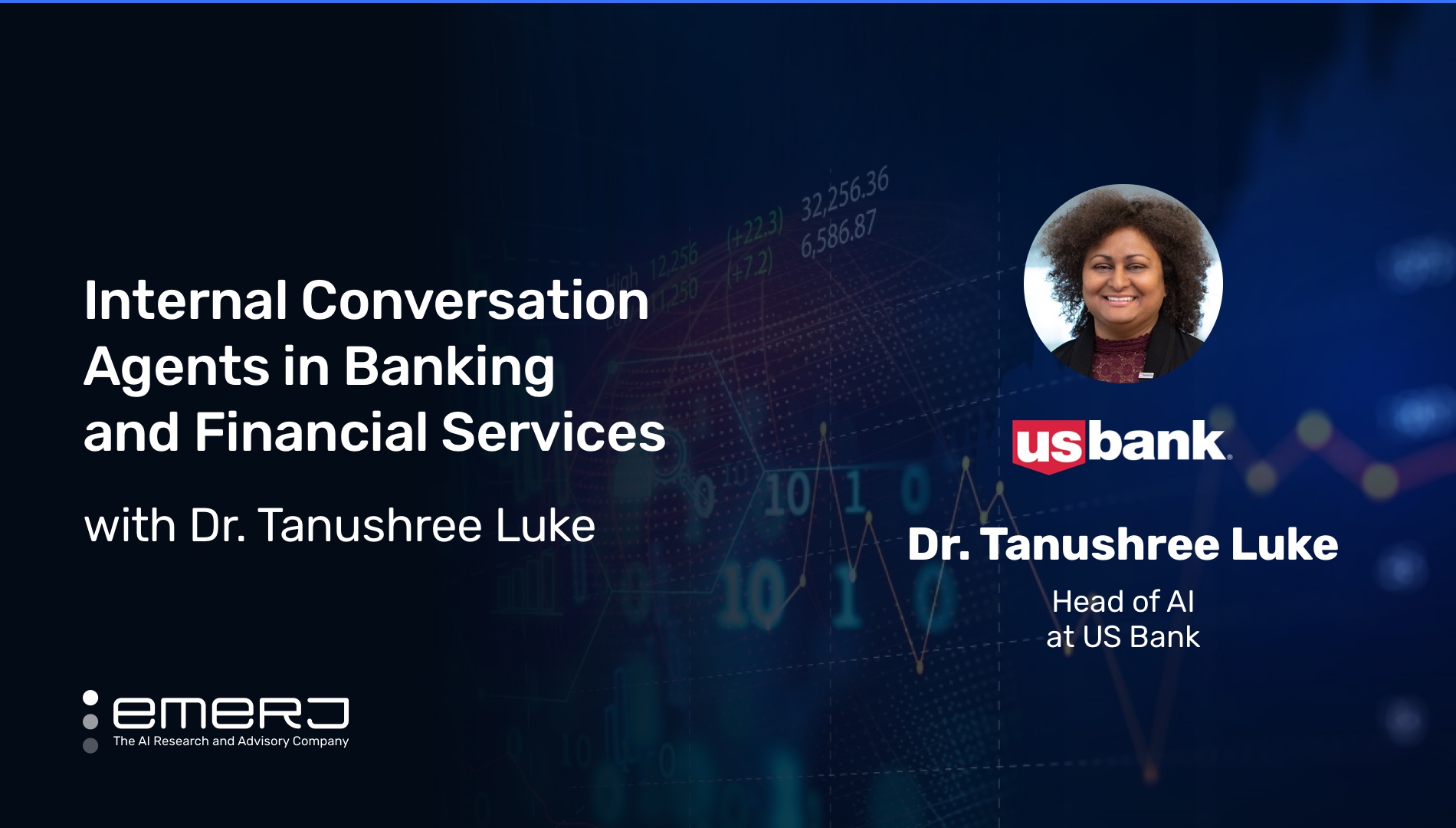Artificial Intelligence at Bank of Montreal – Two Use Cases
Bank of Montreal (BMO) is a North American bank that provides personal and commercial banking, global markets, and investment banking. The bank caters to over 12 million customers with over 1000 branches. Per the bank’s 2022 Annual Report, BMO earned approximately CAD 33.71 billion in revenue.
Employing over 43,000 employees, BMO is the eighth-largest bank in North America by assets.
BMO has established itself as a modern bank in the conservative banking industry with its digital innovations. The bank has acquired multiple awards for its design and implementation of technology, including AI and machine learning initiatives.
In this article, we will examine two use cases showing how AI initiatives currently support BMO’s business goals:
- Preventing human error in trading: Leveraging machine learning to predict and prevent human errors among traders to reduce operational losses.
- Predicting customer cash flow: Enhancing customer experience by leveraging machine learning to identify potential cash shortfalls in retail and personal banking customers’ accounts.
Use Case # 1: Preventing Human Error in Trading
BMO uses a particular metric they refer to as a “Human Error Tax” and defines it as the expected cost of human error, which the company bears in the form of money and time. This tax could be paid indirectly, as in a poor customer experience and subsequent reputational loss. The Human Error Tax can also be registered directly, like money and time spent responding to regulators.
Humans are prone to error throughout our personal or professional lives. At work, human errors could be input errors, miscommunication, or missed execution. The consequences of such errors could invite unnecessary audits and regulators’ attention.
BMO believed the bank could save on its human error tax by introducing an intelligent system to target human errors.
To address the challenge of human error, BMO developed and launched an Operational Loss Intelligence solution to predict and prevent high operational losses caused by human errors.
Per the bank’s website, the Operational Loss Intelligence solution combines the company’s external and internal data. It uses machine learning to identify the probability of human errors resulting in a loss.
The above probability is achieved by looking at the patterns that the model has identified in the internal and external data. Once the likelihood of an error reaches the pre-defined threshold, the solution generates an alert to prompt the team to take action.
In an interview with an advisory firm, Shelly Liposki, MD & Global Head of Business Risk, BMO shared that with OLI, as the transaction volume increased, the number of errors/events either increased at a slower rate or been flat to down.
Secondly, the intelligent solution has provided the bank with early warning signals. For instance, before market open, OLI predicted a 62% chance of an event in European equities on the day of a fat-finger error that led to a flash crash. The bank then alerted its European equities teams to change their behavior that day.
BMO has not published any other business results of the intelligence as mentioned earlier solution but has opened the solution for any company to use and leverage.
Use Case #2: Predicting Customer Cash Flow
BMO launched BMO CashTrack Insight– a machine learning-based solution to help customers improve their financial wellness. The solution was built in-house and leverages AI and machine learning models to provide customers with real-time insights that can predict an upcoming cash shortfall in the customer’s account, such as a balance dropping to zero.
Simply put, this free-to-use feature sits in the BMO Mobile Banking App and gives customers a personalized picture of their day-to-day spending.
Per a press release from BMO, CashTrack can predict the changes by looking up to seven days in advance across the customer’s accounts to warn them of potential shortfalls. It can also recommend actionable solutions to customers to resolve the potential shortfall before they happen.
In the same press release, Brett Pitts, Chief Digital Officer of BMO Financial Group, said the bank’s research found that nearly one-third of the customers face cash flow challenges yearly. Coupled with the challenges brought by COVID, customers were facing compounding additional financial issues.
To address the above problem and to provide an accurate and holistic view of customers’ accounts, BMO collaborated with Personetics, a data-driven personalization solution, to launch BMO CashTrack.The bank still needs to clarify which solution was adopted from Personetics and how the deployment was carried out.
With BMO CashTrack Insights, the mobile banking application divides the insights into five main categories:
- Just arrived: Out-of-ordinary cash inflows like refunds from the merchant, BMO or a deposit from the government
- Heads-up: Information that needs attention but not an immediate action, like a higher charge for subscription, last month’s total spending crossing 75% of the credit limit
- Good news: Opportunities to save more money, like an increase in the monthly inflow of cash or decrease in payment with a regular service provider.
- For review: Helpful information to become aware of the account activities like pre-authorized payment and a reminder to avoid ATM fees or cheques withdrawn from the account.
- Take a look: Warning for unusual activities which need action by the customer, like predicted cash shortfall in the next seven days or low available credit.
Per the bank’s website, the solution provides 20 unique insights such as:
- Potential cash shortfalls in the next seven days
- Increase in spending in specific categories of purchase
- Increase or decrease in the phone bill
- Total inflow and outflow of cash of the past month
- Detailed view of spending in different categories
- Potential for extra savings
According to their website, the bank claims that customers can save more because it gives a heads up when the account has enough money to put into savings without affecting the monthly budgets. Since its launch in 2019, BMO claims that the customers receive 7 million insights per month via the insights tracker.







